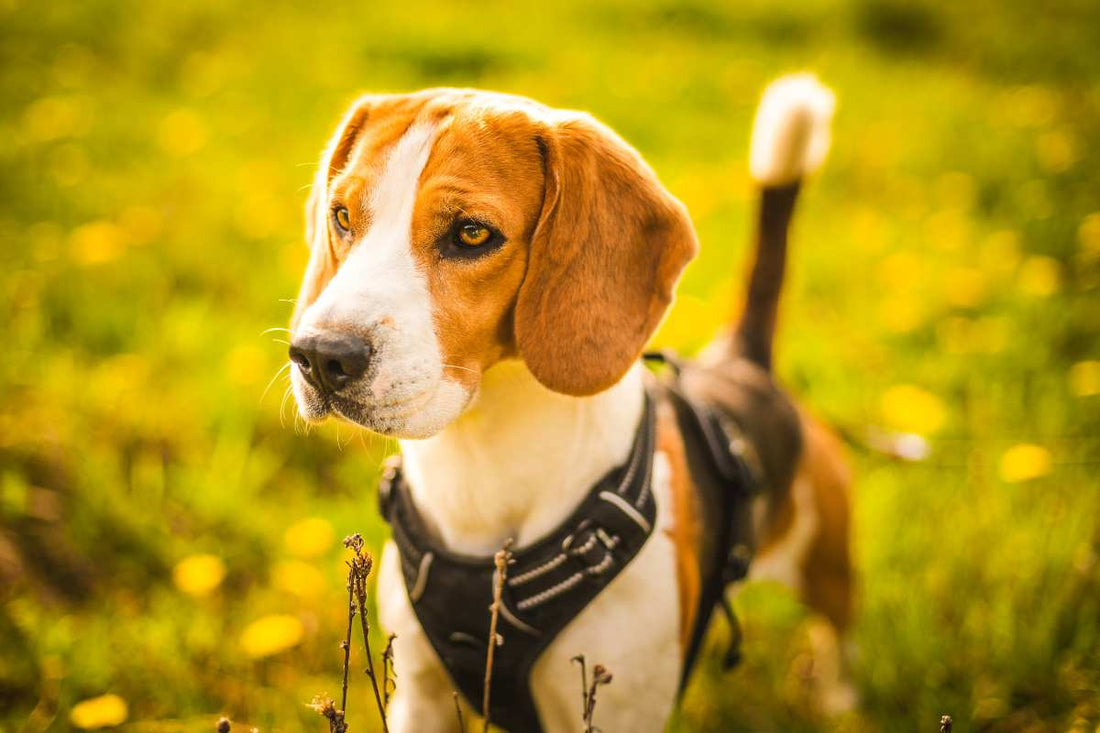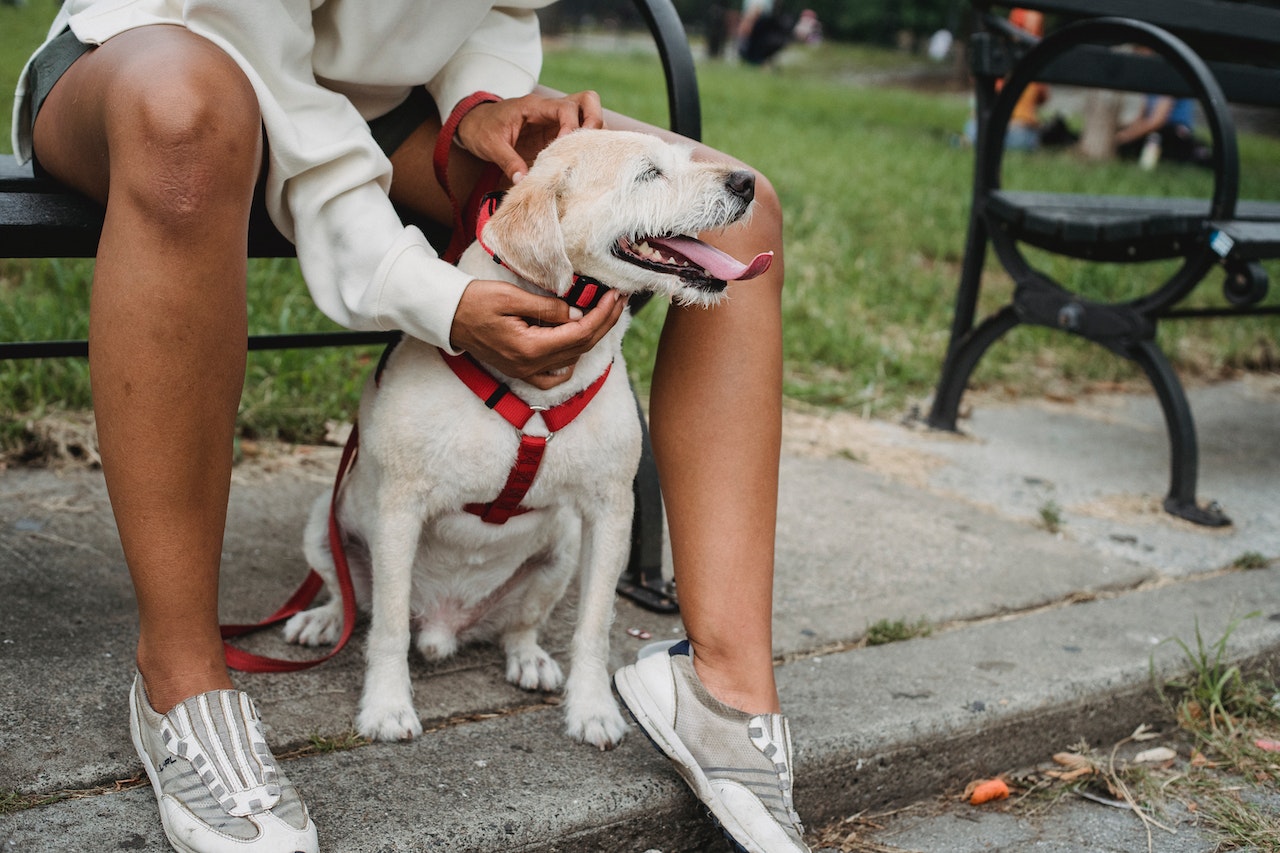
How to Use a Dog Harness: Tips and Techniques for Pet Owners
Share
For health-conscious pet owners, understanding how to use a dog harness is crucial in maintaining your dogs safety and comfort. Harnesses provide more control compared to collars and ensure that your furry friend feels secure during walks. In this guide, we will delve into the various aspects of using a dog harness effectively, making your outings enjoyable for both you and your pet.
From selecting the right type of harness to learning the techniques for using it correctly, we will cover all the essentials. This knowledge will not only help in training your dog but also in avoiding potential health issues that could arise from improper equipment. Lets begin!

Choosing the Right Type of Dog Harness
Not all dog harnesses are created equal. The right harness can make a significant difference in your dogs comfort and control. Here are several types to consider:
- Standard Harness: This is the most common type, suitable for everyday use.
- Step-In Harness: Ideal for dogs that are apprehensive about having something go over their heads.
- Front-Clip Harness: Helps in discouraging pulling by redirecting your dog towards you.
- Back-Clip Harness: Good for trained dogs who dont pull excessively.
- No-Pull Harness: Designed specifically for dogs that are strong pullers.
Measuring Your Dog for a Harness
Once you choose the right type of harness, its important to accurately measure your dog. For assistance in this step, you can refer to our guide on measuring a dog for a harness. The fundamental dimensions youll need are:
- Neck Circumference: Measure around the thickest part of your dog's neck.
- Chest Girth: Measure around the widest part of your dogs chest.
- Body Length: Measure from the nape of the neck to the base of the tail.

Putting the Harness on Your Dog
When fitting the harness, ensure its comfortable yet secure. A well-fitted harness should allow you to fit two fingers between the harness and your dogs body. For a step-by-step guide, you can visit this resource. Here are some basic steps you can follow:
- Lay the harness flat on the ground.
- Guide your dogs legs through the corresponding openings.
- Have your dog step into the harness, and adjust the straps around the neck and chest.
- Ensure a snug fit by adjusting any clips or straps.
Walking Your Dog with a Harness
Once your dog is fitted with the harness, its time to hit the trails! Start slow and allow your dog to get accustomed to it. Here are some practices to follow while walking your dog with a harness:
- Use a Short Leash: This gives you better control over your dog.
- Keep the Pace Steady: Maintain a consistent pace to help your dog learn the rhythm.
- Avoid Distractions: Minimize distractions to help your dog focus on walking.

Tightening the Dog Harness Correctly
It's vital to ensure that the harness isnt too tight or too loose. A proper fit will prevent any injuries and ensure that the harness remains functional. For detailed suggestions, refer to our article on how to tighten a dog harness. Heres how you can do it:
- While your dog is standing, check the fit of the harness.
- Adjust the straps as necessary to allow two fingers to fit snugly under the harness.
- Make sure the straps sit over the chest and shoulders comfortably without restricting movement.
Frequently Asked Questions
How do I choose the right size harness for my dog?
Choose a harness based on your dogs measurements, typically found in the product description. Refer to our guide on measuring a dog for a harness for precise instructions.
Can a dog harness cause injury?
While a harness is generally safer than a collar, improper usage or fitting can cause discomfort. Always ensure the harness is adjusted correctly.
Should I use a harness for my dogs training?
A harness can be an excellent tool for training, especially if using a no-pull type. It allows for better control and encourages good behavior.
As an Amazon Associate, I earn from qualifying purchases.
